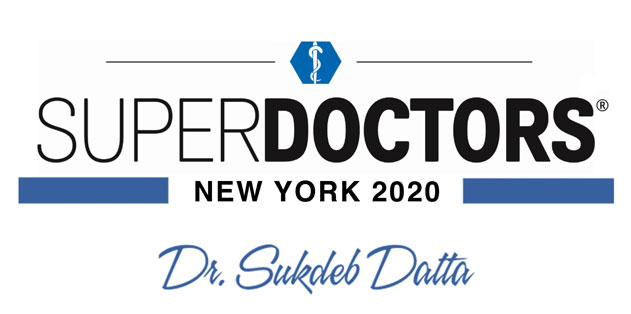A bulging disc occurs when one of the discs that lie between each of the vertebrae becomes flatter than usual as a result of damage. This causes the disc to take up a wider amount of space than normal, potentially pressing against the spinal cord or nerve roots. A cervical bulging disc is a bulging disc in the cervical spine, or neck.
The spinal cord extends from the head to the lower back, where it becomes a collection of nerves; it serves as an information highway between the brain and the body, sending sensory and motor signals to and from the brain. As you go further up the spine, the spinal cord is home to a larger number of nerves that go to a larger amount of the body. For example, nerves from the neck extend to the arms, legs, and torso, while those from the lower back only go to the legs and pelvic region.
For that reason, conditions that occur in the cervical spine are generally more serious than those that occur in other parts of the spine. Most bulging discs aren't a cause for concern, but in rare cases immediate surgery is needed to prevent serious conditions from developing.
Symptoms
The symptoms of a cervical bulging disc can manifest all over the body. Pain, muscle weakness, and tingling are characteristic. The legs and arms are most common, but you could also experience symptoms in the pelvic area, such as incontinence, or you could even experience symptoms in the torso.
So, when is a bulging disc a cause for concern? If symptoms are very severe or you have progressive muscle weakness or loss of sensation, then you may need immediate, dramatic treatment.
To learn more about treatment for your bulging disc, please click below or call the Datta Endoscopic Back Surgery and Pain Center at (646) 374-1799.
The spinal cord extends from the head to the lower back, where it becomes a collection of nerves; it serves as an information highway between the brain and the body, sending sensory and motor signals to and from the brain. As you go further up the spine, the spinal cord is home to a larger number of nerves that go to a larger amount of the body. For example, nerves from the neck extend to the arms, legs, and torso, while those from the lower back only go to the legs and pelvic region.
For that reason, conditions that occur in the cervical spine are generally more serious than those that occur in other parts of the spine. Most bulging discs aren't a cause for concern, but in rare cases immediate surgery is needed to prevent serious conditions from developing.
Symptoms
The symptoms of a cervical bulging disc can manifest all over the body. Pain, muscle weakness, and tingling are characteristic. The legs and arms are most common, but you could also experience symptoms in the pelvic area, such as incontinence, or you could even experience symptoms in the torso.
So, when is a bulging disc a cause for concern? If symptoms are very severe or you have progressive muscle weakness or loss of sensation, then you may need immediate, dramatic treatment.
To learn more about treatment for your bulging disc, please click below or call the Datta Endoscopic Back Surgery and Pain Center at (646) 374-1799.






 EDISCSCULPT
EDISCSCULPT



